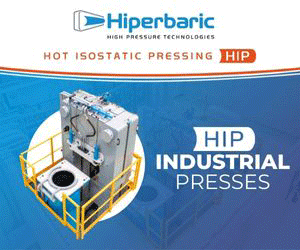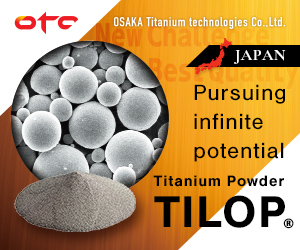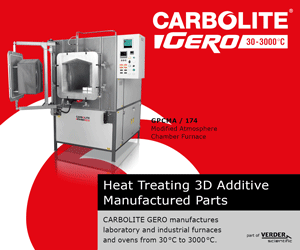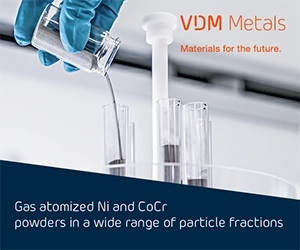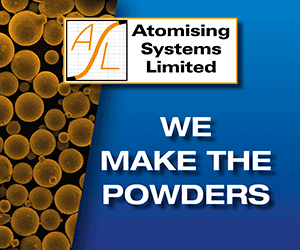CASE STUDY: Vacuum calibration sleeve
In the extrusion of plastics, the most commonly used types of calibration are vacuum calibration and compressed air calibration. During the vacuum calibration process the extrudate is fed from the extrusion die to the calibrating device. The calibration bore has a smaller diameter than the nozzle pushing the extrudate close to the bore.
Due to the normal pressure in the pipe section and the vacuum in the calibration sleeve a negative pressure is generated. As a result, the tube pushes outward against the bores wall. Thus, the extrudate does not stick in the calibration sleeve, the surface is rapidly cooled with cooling water. Thereby the surface is hard enough so that the tubular profile can be slid through the calibration tool.

Additively manufactured calibration tool showing the internal vacuum (red) and cooling channels (blue). This part was built on an EOS M270 system at Fraunhofer IFAM
Based on this principle it was possible to manufacture a calibration tool for the extrusion of copper feedstock. As can be seen above (left), the vacuum calibration can be held by an internal thread at the nozzle of the extruder. This enables a good connection, so that the extrudate can easily slide into the tool. Furthermore, a flank for the cooling water connections and the vacuum port is visible at the upper side of the device.
For a better understanding of the calibration tool, the cooling and vacuum channels are shown above (right). The blue channel represents the cooling water channel (with the supply and discharge) and the red channel illustrates the vacuum channel. The diameter of the cooling water channel is 5 mm in order to ensure a good water flow (empirical value). The vacuum channel has a diameter of 3 mm.






